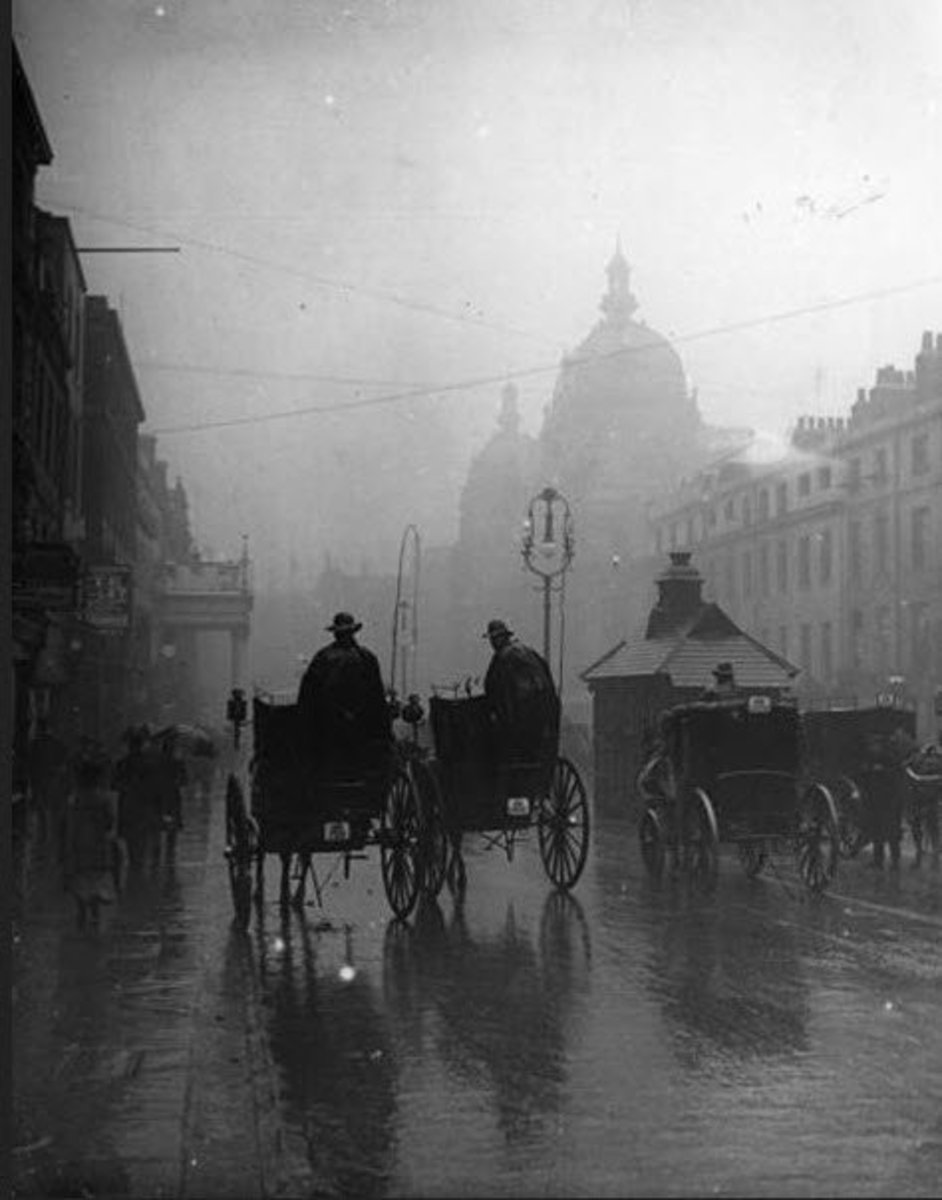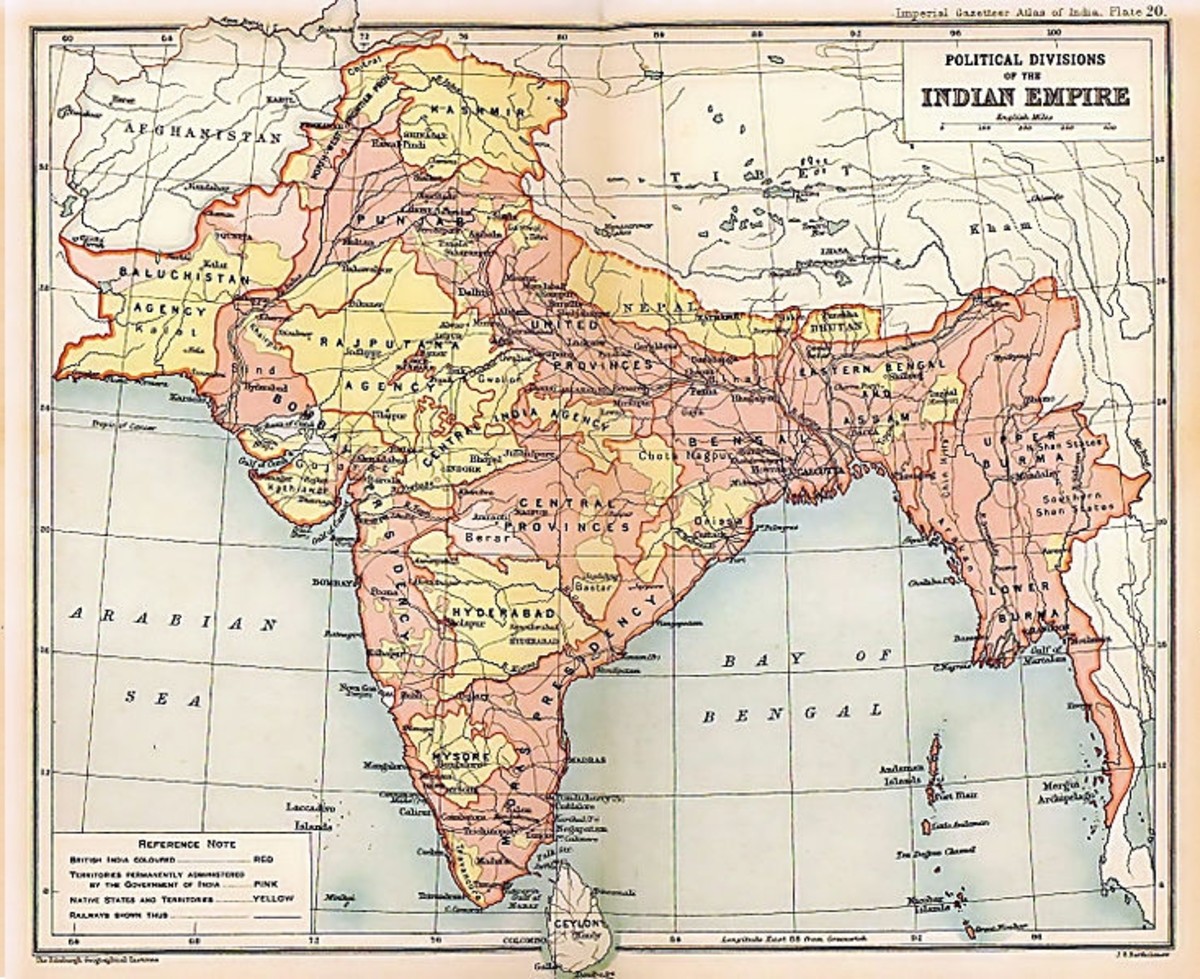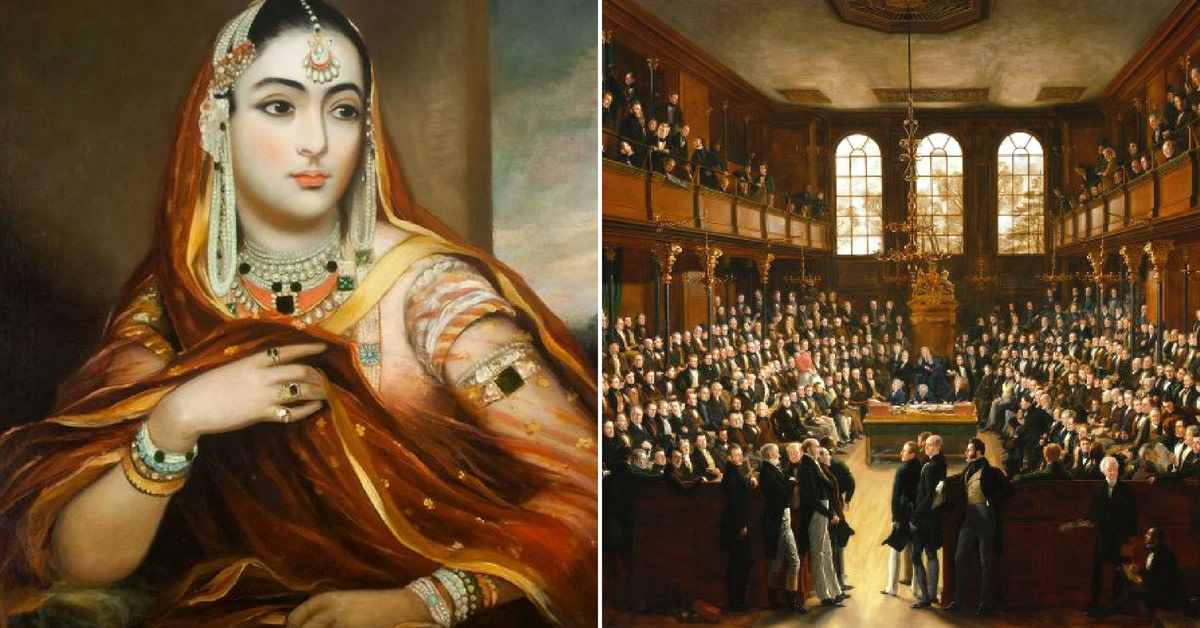- HubPages»
- Education and Science»
- History & Archaeology»
- History of Asia
Drain of Wealth Theory

Continuous flow of wealth from one nation to the other without any adequate returns in the form of either cash or service or material is Drain of Wealth. The flow of wealth will always be in a single direction and in return hardly anything comes back, neither cash nor service or material will return. This situation will severely hit the entire economic system of the nation from where the wealth is being drained. It is exploitation of economic resources of a country by other powerful nation.
Dadabhai Nauroji's Theory of Drain of Wealth
Dadabhai Naoroji was intellectual, educator and an Indian political leader. He was a cotton trader as well. He was known as the Grand Old Man of India. He was the profounder of the theory Drain of Wealth.
During the period of colonial rush, British empire acquired supremacy over Indian territory outcasting other European powers. India has become a colony of the British empire. From the day of supremacy on Indian lands continuous outflow of wealth to England was witnessed. In return India didn't get adequate returns in the form of either cash, service or material. According to Dadabhai Nauroji;
"Indian poverty is because of Drain of Wealth".
He presented this theory in a paper, 'England debt to India' published in 1867. 'Poverty, Un-British rule in India' was another work from Nauroji in which the same theory was detailed.
The British Empire in the form of Home Charges drained all the wealth from India. Home Charges were the charges paid from Indian budget to the people at London. Home Charges include Interest on the public debt, Pensions paid to the British officers worked in India, Dividends of East Indian company (allotted from 1833), Expenditure to maintain the office of Secretary of State (met from Indian Budget till 1919), Charges for civil administration, army, stores, guaranteed railways, etc.
Dadabhai Nauroji said,
" The loot of India is a very sad one. Her condition is that of a slave and a plunder nation in the hands of constant plunderers. The plundering raids occasionally made on India before English. The British invasion is continuous and goes on."
Every year 16 million pounds were drained from India on the name of Home Charges. India remitted more than 50 crore rupees in the ten years ending 1895-96. Charges of army including rewards, pension, etc amounted to 26 crore rupees was again drained from India in the ten years ending 1887 and more than 35 crore rupees in ten years ending 1900-91.
In the view of William Digby (British author, journalist and humanitarian), the total drain amounted to 60080 million pounds up to the end of 19th century. In the view of English writer and politician Hyndman (He was the founder of the Social Democratic Federation and the National Socialist Party.), the total annual drain amounted to 30 million pounds.
Mr. Maclean says;
"A sum of something like 30,000,000 pounds a year comes to England and for which India gets no return whatever".
Mr. W.T.Thornton in 1880, said;
"Neither did it occur to any practical administrator to inquire, nor did any theoretical economist volunteer to point out, how greatly the investment of English capital on Indian public works must, by necessitating the remittances to England of annual interest or profit on investment, derange the Indian exchange, nor how grievous would be the effects of the derangement. Railways are good, irrigation is good, but neither one nor the other good enough to compensate for opening and continually widening a drain which has tapped India's very heart-blood, and has dried up the mainspring of her industrial energy... There is for India just now no other public work half so urgent as the restoration of equilibrium between income and expenditure."
R.C.Dutt an ICS Officer wrote 'Economic History of India.' According to him,
"His (Nadir Shah) Plunder was far better than British, Nadir Shah's plundering was temporary whereas the same from British was permanent. Nadir Shah plundering was visible but British plundered in an unseen manner."
Maha Govinda Ranade, scholar, social reformer and author wrote an essay on Indian Economy. In his essay he has given an estimation of annual drain. He said it was one third (1/3) of total income. This was accepted by some British authorities as well.
John Sulvian, revenue officer in Madras Province said,
"Our system acts very much like a sponge drawing up all the good things from the banks of the Ganges and squeezing them down on the banks of Thanes".
Also See:
- Imperialism in India
The decline of the Mughal empire in India gave the British and the French, who had come to trade, an opportunity to conquer India. The English East India Company, formed in 1600, was victorious in its conflict with France, which ended in 1763.
See: Invasions into India
- Alexander invasion of India
Under the leadership of Alexander of Macedonia the Greeks finally destroyed the Iranian empire. From Iran he marched to India, obviously attracted by its great wealth. - Arabs invasion of India
During 636-37 A.D. during the reign of Caliph of Omar, Arabs launched naval expeditions to conquer western coast, but were repulsed at Thane near Trambay. - Nadir Shah's invasion of India
Nadir Shah (Nadir Quli), so ambitious from his childhood sought extension of his dominions. Nadir Quli became the ruler of the Persia and assumed the title Nadir Shah. Nadir Shah invaded India... - Ahmed Shah Abdali invasion of India
Ahmed Shah Abdali invaded India five times. The glory of Marathas in India has come to an end with his invasion. Anarchy was created all around in the Mughal Empire. Abdali appointed his men as in-charge of the newly acquired provinces.








